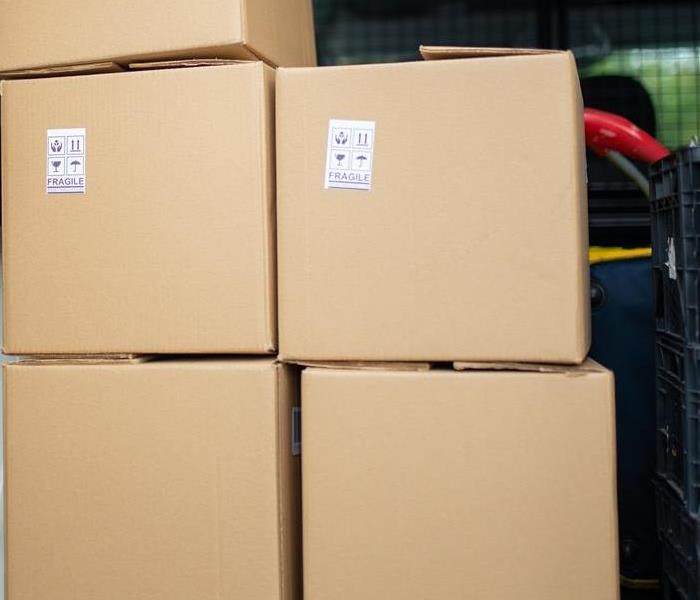Prioritizing the Response
11/25/2021 (Permalink)
Every job site we go on, we see the devastation that is caused by uncontrollable accidents. How do you organize a job site where you want to be conscious that this is the client's home and everything has particular importance or meaning in their lives? We place affected items into three potential actions. Each action has its own set of pot entail deviations and considerations. This helps ensure we efficiently use the time to get the contents back and return to the preloss state faster.
Discard
There will be times when no amount of time or effort could go into the restoration of an item that could get it back to the preloss state. This is due to irreversible damage caused by the contact of moisture, contamination, or physical damage. Many items fitting this description should be listed on a schedule of loss, set aside for review by an adjuster, and, if approved, discarded and replaced. Exceptions can occur when an item's emotional or monetary value and the client decide to overlook the damage and accept the item in a less than preloss condition.
Restore Immediately
We encourage the client to talk to involved parties such as insurers or adjusters. We will take immediate action when dealing with items highly susceptible to secondary damage. Articles needing to be restored immediately play a significant role in increasing or decreasing the overall loss severity. The value of the item significantly influences a decision to repair, and photo documentation can help determine the value of these items.
Restore Later
Materials that suffered minor but repairable damage should be low on the priority list. These items face little risk of secondary damage since they weren't wet or suffered from short-term exposure to water. Do not spend time and energy in the first moments of mitigation time on these items.
Knowing where your contents belong in these categories will help ensure you spend your time on items with a more significant amount of meaning.





 24/7 Emergency Service
24/7 Emergency Service
